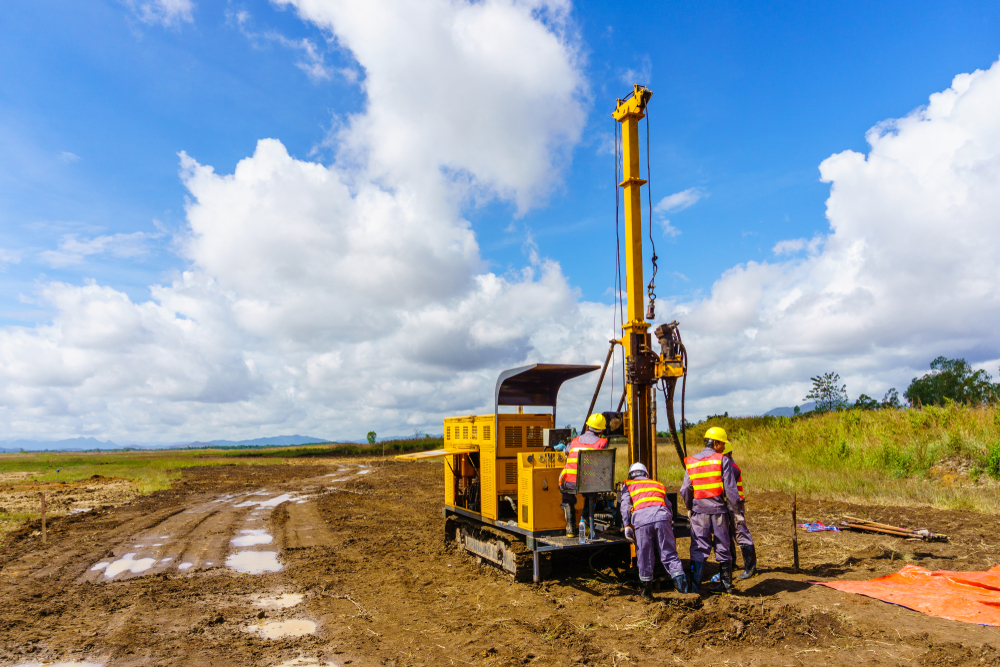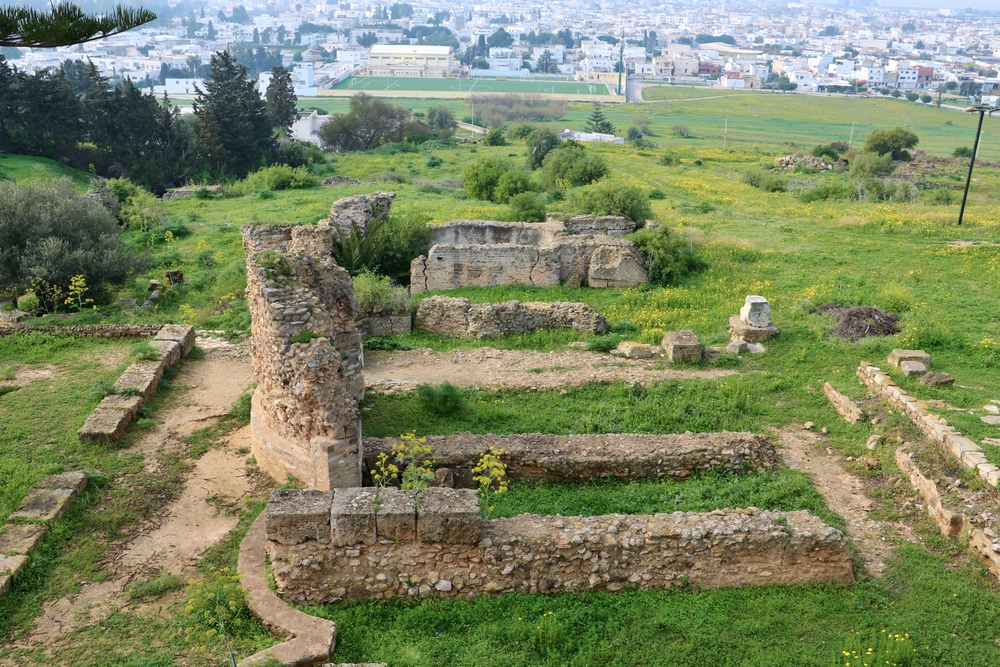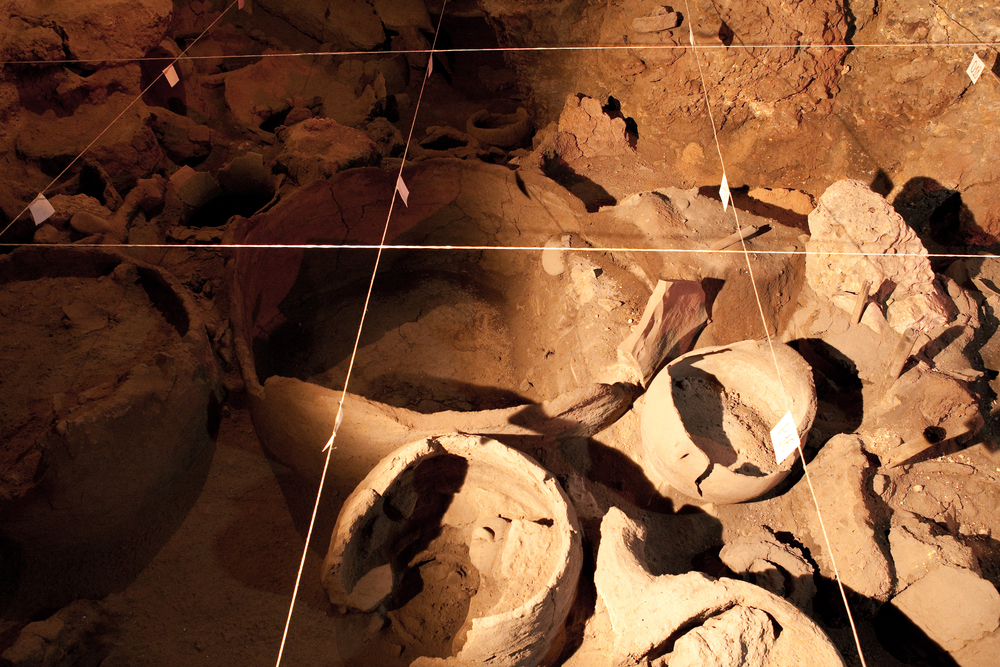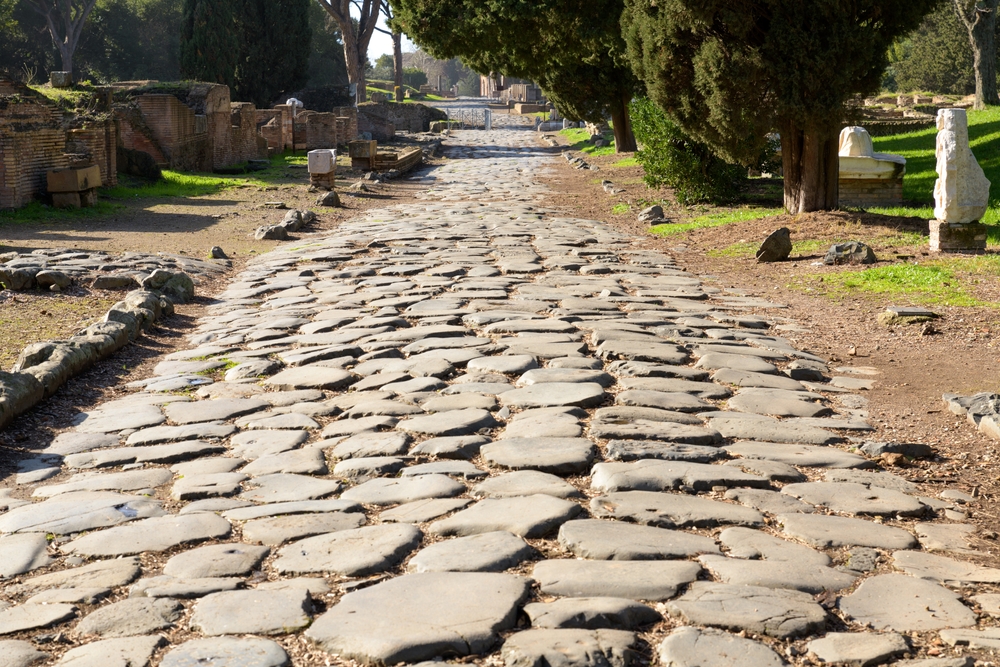What Is Buried Survives
Archaeologists are always finding new ruins beneath our feet. In recent years, many of these discoveries have dramatically altered our perception of the ancient world. This discovery accomplishes the same thing.

An Unexpected Location
The discovery of this site was found in the current Pignataro Interamna, in the southern province of Frosinone. It wasn’t expected to be anything other than the backwater remains of an empire. Imagine the archaeologist’s surprise when they learned more.
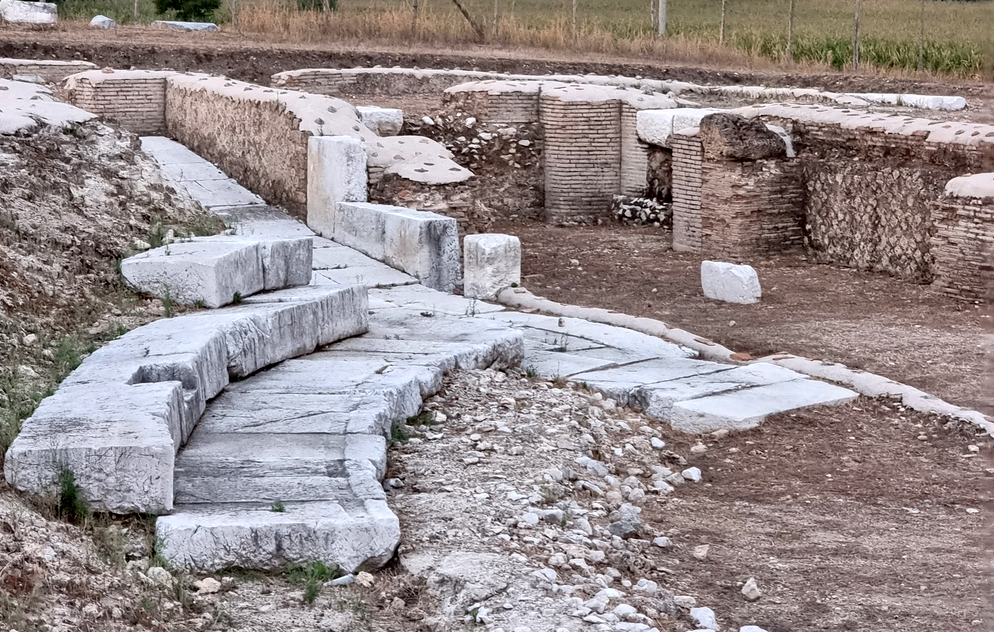 Rjdeadly, CC BY 4.0, Wikimedia Commons
Rjdeadly, CC BY 4.0, Wikimedia Commons
A Decade Long Project
Archaeologists spent 13 years excavating the site of the Interamna Lirenas Project, but it was worth it. What they found changed their perception of locations like this.
Turning Expectations On Their Heads
Led by the University of Cambridge, the site was initially believed to be unpromising which is “very rare in Italy,” according to archaeologist Dr Alesandro Launaro. Luckily, they were wrong.
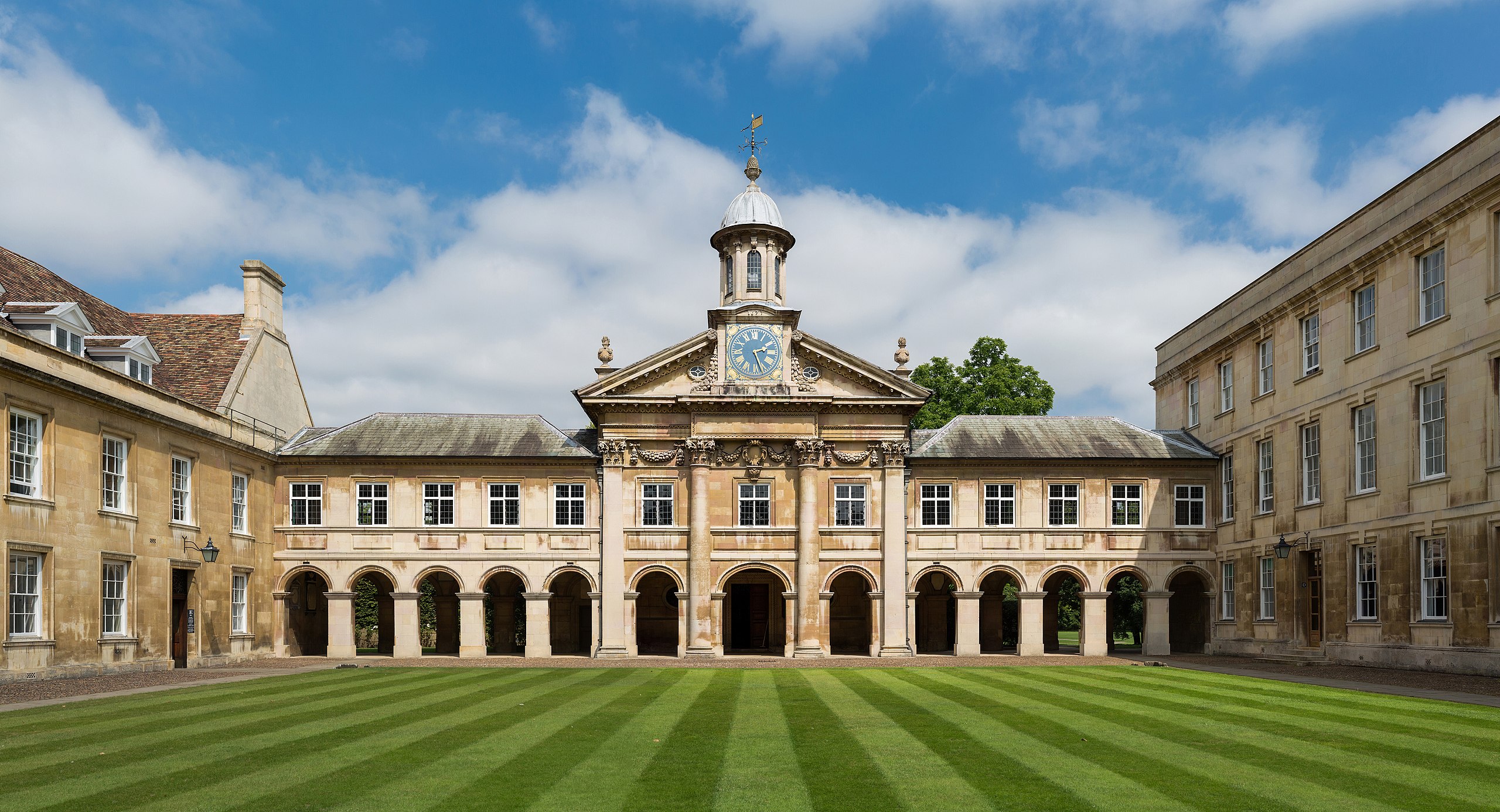 Diliff, CC BY-SA 3.0, Wikimedia Commons
Diliff, CC BY-SA 3.0, Wikimedia Commons
Proving The Might Of The Empire
The site of a “backwater town”, called Interamna Lirenas in ancient times, led archaeologists to believe the Roman Empire was still strong in the face of its demise. It took far longer for the empire to die out, and it went down fighting.
 Klearchos Kapoutsis, CC BY 2.0, Wikimedia Commons
Klearchos Kapoutsis, CC BY 2.0, Wikimedia Commons
The Beginnings Of The Discovery
The study began with deep radar and magnetometry of 60 acres of open fields. With no visible ruins, they didn’t expect much.
But There Were Ruins Buried Beneath Their Feet
The geological survey found that the town’s floor plan was incredibly detailed and well-preserved under the dirt. It showed a town far larger than their estimations, and they immediately launched further investigations.
Humble Beginnings
The town was founded in 312 BC as a colony of the empire. It would face many different challenges alongside the many years that it stood.
Changing Identities
Interamna Lirenas was a military hub during the Samnite Wars, who were other ancient occupants of modern Italy. Due to its location, it was advantageous to set up as a base.
 Unknown Author, Wikimedia Commons
Unknown Author, Wikimedia Commons
The First Major Hit
The town was destroyed by Hannibal, the commander of the Carthaginians, in 212 BC. This would be a major setback to the town's prosperity.
 Heinrich Leutemann, Wikimedia Commons
Heinrich Leutemann, Wikimedia Commons
The Town Switched Sides
After Carthage defeated Zama in 202, the town sided with Carthaginian powers and was forced to pay heavy tribute to Rome.
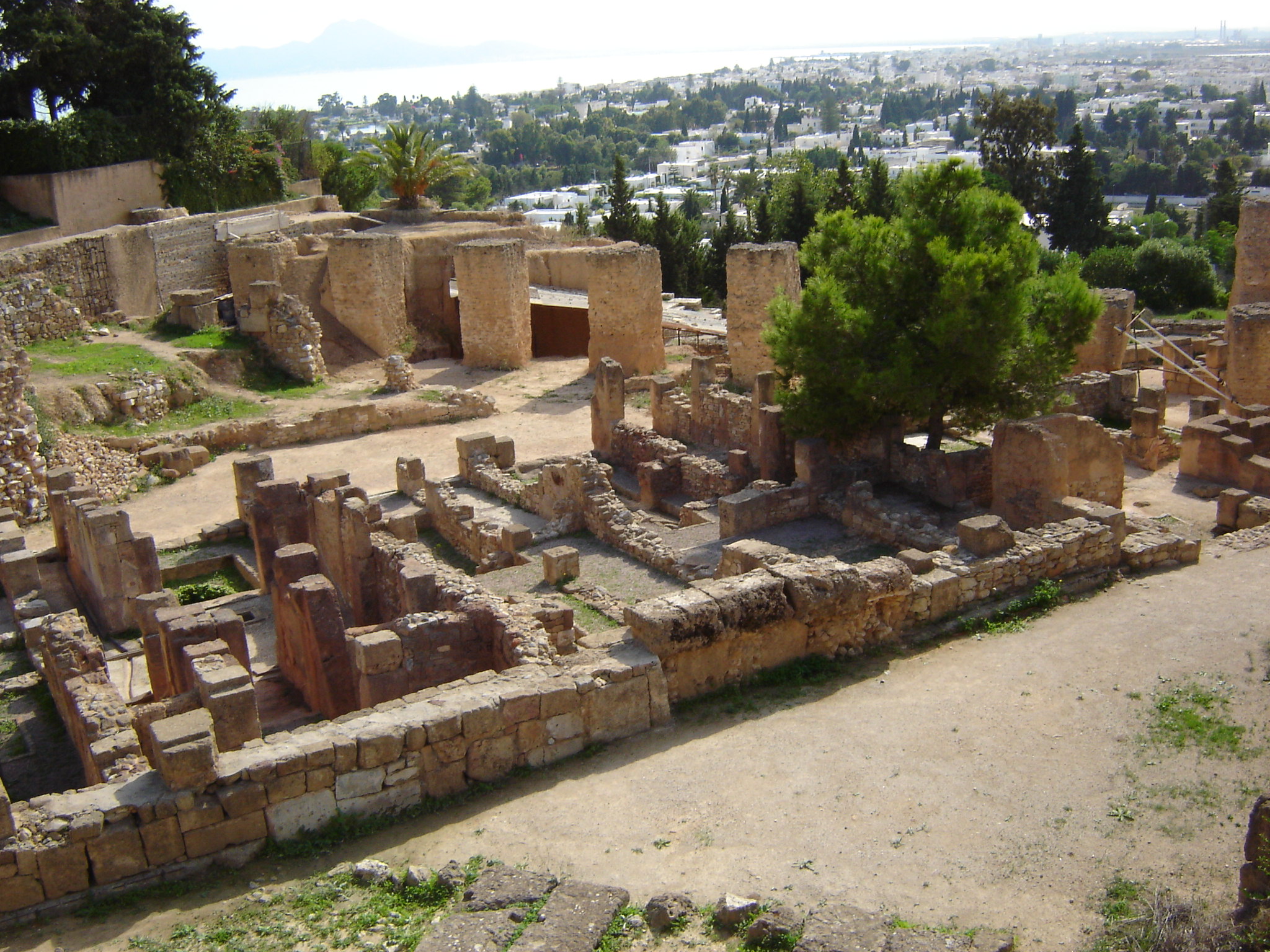 BishkekRocks, Wikimedia Commons
BishkekRocks, Wikimedia Commons
Earning Its Title
It’s estimated that Interamna Lirenas became a municipium—a town—in 88 BC after the Social Wars, when the existing inhabitants became Romans. Prior to this, it was just a little cluster of houses and amenities along a river.
Reforged Connection To Rome
The town was politically and militarily connected to Rome. This would be in Rome’s favor as the Romans expanded into Central Italy, because the town brought the empire many positive things.
Points In Its Favor
The town had a distinct advantage: its placement between the Via Latina, which connected various different throughways, and its proximity to the river Liri. But the depth of this advantage would soon be uncovered.
 Unknown Author, Wikimedia Commons
Unknown Author, Wikimedia Commons
The Questions Asked
The intent of the archaeological investigation was to study “the long-term relationship between town and countryside as reflecting the broader transformation taking place in Roman Italy from Republic to Empire”. Little did they know, they would find exactly the answers they sought.
 Nataliya Schmidt, Shutterstock
Nataliya Schmidt, Shutterstock
Careful Exploration
After the initial surveys revealed an expansive town, archaeological teams performed excavations on specific parts of the ruins. What they found shocked them.
Going In Without Expectations
As previously stated, there were no surface ruins visible, just broken pottery mixed in with the farmland that covered the area for hundreds of years. Discovering anything more than bits of clay was unimaginable.
The Discovery Floored Archaeologists
As they uncovered the site, archaeologists found a flourishing community that was able to adapt to 900 years of challenges. The evidence of their prosperous status would become clear.
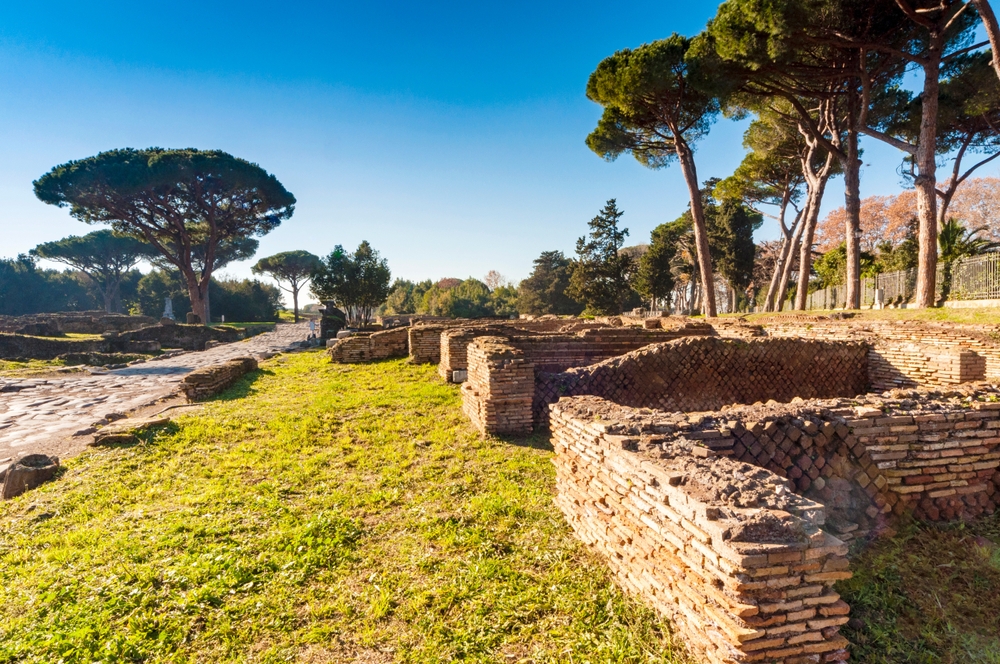 Robert Harding Video, Shutterstock
Robert Harding Video, Shutterstock
Vases And Amphorae
The key to the site was pottery, which is an important facet of many archaeological discoveries of the ancient world. Pottery was used by everyone, but they shifted focus to something unexpected.
 Mariana_Rusanovschi, Shutterstock
Mariana_Rusanovschi, Shutterstock
A Step Away From Older Techniques
Usually, archaeologists study pottery used by wealthy folks. However, the study of common pottery revealed the town was prospering well into the 3rd century and housed almost 2,000 inhabitants.
Graced By A Legend
The town was so important in trade and in strategy that Caesar paid it a visit. It continually brought in new resources and consistently created bonds with those around them, which worked well in his favor.
It’s True Identity Is Revealed
Archaeologists discovered warehouses, and, combined with its placement, implied the town also functioned as a trade port thanks to its proximity to a river. But that wasn’t all.
 Robert Harding Video, Shutterstock
Robert Harding Video, Shutterstock
All The Basics
It also had all the basic needs of a person living in Ancient Rome. A temple, three bathhouses—one with a swimming pool—and a roofed theater that could contain 1,500 people.
Further Proof Of Prosperity
The roofed theater was a rare feature in the ancient world, as very few theaters found in archaeological discoveries have a roof. This showed how well the town was doing during the centuries of its existence.
Well Decorated To Boot
Further reinforcing the town’s wealth, the theater was faced with exotic marbles from central and eastern Mediterranean countries. This also reinforced its role as a trade port.
Dedication To Its Continuation
The roofed theater also showed signs of being upgraded throughout its years of use. Archaeologists think this showed the dedication of the town’s citizens in maintaining their surroundings.
Archaeologists Proved Wrong Again
Because there were no above-ground ruins, archaeologists thought the lack of theater indicated an early decline. But they couldn’t have been more wrong.
Providing For Their Visitors
Towns in the ancient world often had many public amenities. These amenities, like the theater and the bathhouses, were important to travelers and traders using the town’s port access.
Theater Is For Rich Towns
The theater was the primary indicator of the town’s status, as “it displayed the town’s wealth, power, and ambition”. It indicated their dedication not only to surviving, but living through art.
The Wholesome Citizens
Interamna Lirenas was densely inhabited with 190 smaller homes and 25 larger ones, with little evidence of divisions based on social status. Many of the houses are built very close together, so you better like your neighbors.
The Peak Of Popularity
The population was highest during the late 2nd and early 1st centuries BC, as evidenced in the dating of pottery and the buildings in the town.
Room For More
Another mark of its prosperity were the numerous courtyards. Archaeologists believe these were used to host markets, as guildhouses, and as public warehouses—all the indicators of a well-to-do town.
 francesco de marco, Shutterstock
francesco de marco, Shutterstock
The Town’s Final Abandonment
Inhabitants likely left the town in the 6th century CE due to the Lombard invasion of Italy. Its positioning along the road and river meant it was well-traveled by everyone, including armies.
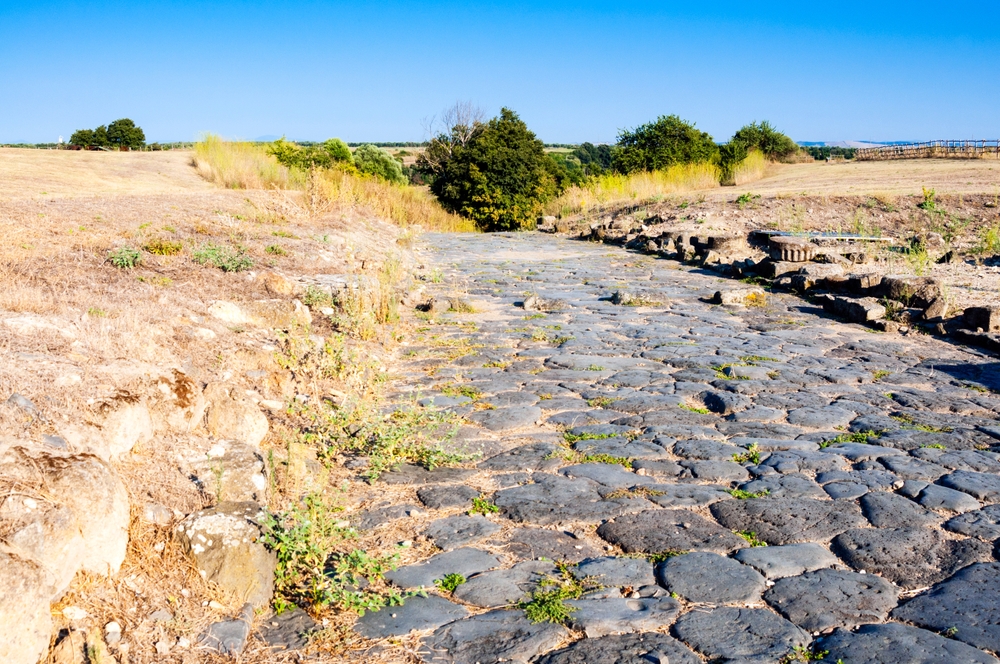 Robert Harding Video, Shutterstock
Robert Harding Video, Shutterstock
New Lives And Returning To Old Places
Some of the inhabitants rebuilt elsewhere, but others returned to the site and buried the ruins of their homes to make farmland. And there it has remained for centuries.
 francesco de marco, Shutterstock
francesco de marco, Shutterstock
Not Destroyed, Just Forgotten
There was no evidence of the town being violently destroyed, despite being on a direct route for enemy armies to use. But after being buried, the memory of its existence faded.
Breaking Initial Expectations
The town’s decline was shown to have happened about 300 years later than was initially estimated. The demonstrated prosperity of the town changed this estimation, and affected new estimations going forward.
Evidence Of Time And Later Inhabitants
Some modern ploughing techniques have damaged some of the buried structures, but without that ploughing, the town wouldn’t have been discovered beneath all that dirt. In a way, a little destruction was worth it.
A New Community Identity
The modern community of Pignataro Interamna are hopeful after learning of the area’s newly discovered history, even renaming a local cafe after a sundial archaeologists discovered. Sounds like a cool, and niche, spot to visit!
 Mancioh, CC BY-SA 4.0, Wikimedia Commons
Mancioh, CC BY-SA 4.0, Wikimedia Commons
Specially Normal
Archeologist Dr Alessandro Launaro says this sort of town isn’t unique, and that’s the exciting and groundbreaking part of its discovery. But why would not being special make it so special?
Setting A New Standard
This town demonstrates that there are likely many, many more long-standing, prosperous towns just like this one. Where we thought these towns were run-down and “backwater”, they might actually be a pinnacle of what the Roman Empire achieved.
 Þiudamers, CC BY-SA 4.0, Wikimedia Commons
Þiudamers, CC BY-SA 4.0, Wikimedia Commons
A Finessed Approach
All that’s needed to find more of these types of historical sites is the right techniques and approaches. And if Dr Alessandro has any hand in their discovery, there’s definitely a higher likelihood of their discovery.




